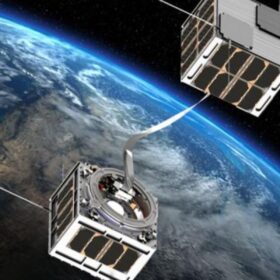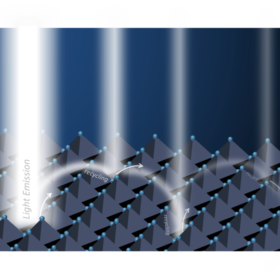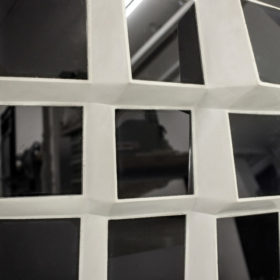Perovskite-CIGS tandem solar cells powering electrodynamic tethers used in satellites
European researchers are developing miniaturized space propulsion technology that is propellant-free and based on electrodynamic tethers integrating perovskite-copper indium gallium diselenide (CIGS) tandem solar cells. It is meant to maneuver satellites in space or in de-orbiting without relying on heavy propellants on board.
Photon recycling for more efficient perovskite solar cells
Scientists at the Technische Universität Dresden, in Germany, have found that photon recycling and light scattering effects greatly improve light emission in perovskite solar cells, thereby boosting the upper limit for their efficiency to 31.3%.
Quantum dot solar cells and the search for stability
In various forms, quantum dot technology has attracted plenty of attention among PV researchers recently. And as efficiencies have crept past the 15% mark, the community is beginning to look at other factors limiting the viability of quantum dot solar cells in a commercial setting. Scientists in Germany examined the degradation mechanisms affecting different quantum dot materials; and suggest a standardization of stability testing to enable comparability of results.
German scientists develop solar facade with 50% higher yield
The three-meter prototype consists of nine panels based on an aluminum compound. The PV elements of the facade can be tilted to capture more sunlight.




